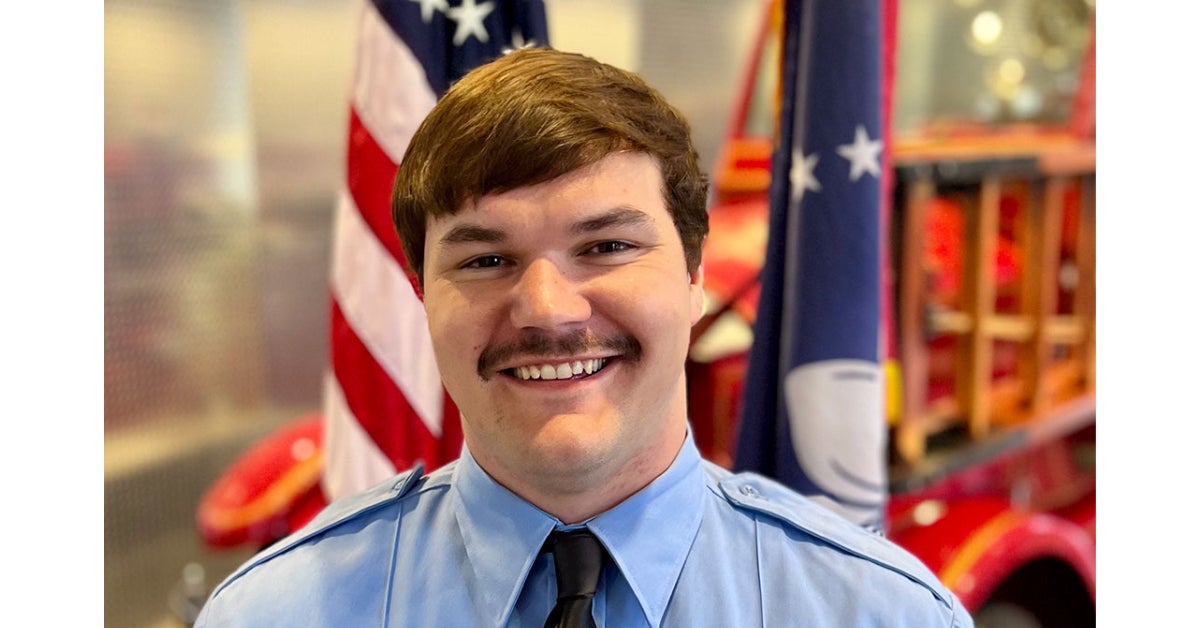How To Help Your Children Prevent Skin Cancer
Published 6:44 am Tuesday, September 11, 2012
(NAPSI)-The sun’s rays can be harmful all year, and as people turn to tanning beds moving into the fall, it is important to think about UV exposure. Every year, more than 2 million Americans are diagnosed with skin cancer, making it the most common type of cancer in the United States.
The people at greatest risk for skin cancer are those who are exposed often to UV (ultraviolet) rays during childhood and the teen years and who have a fair skin type, defined by:
• Blonde or red hair and light eye color
• Fair skin that freckles and sunburns easily
• Skin that does not easily tan
The good news is that skin cancer is preventable if you limit exposure to UV rays, and that counseling young people about protecting themselves works.
Facts about skin cancer
Too much exposure to UV rays damages skin cells, which can lead to skin cancer. UV rays come from the sun, tanning booths and sunlamps.
The two most common types of skin cancer-basal cell and squamous cell-can usually be cured when they are found and treated early, though they can lead to permanent scars and disfigurement. These types of skin cancer are also called nonmelanoma skin cancer. A third kind of skin cancer is melanoma. It is much less common, but more serious and more life threatening.
What can you do?
The U.S. Preventive Services Task Force (USPSTF), an independent group of national experts in prevention and evidence-based medicine, examined the research on counseling to prevent skin cancer. It issued a recommendation that health care professionals counsel young people ages 10 to 24 years old with a fair skin type about minimizing their exposure to UV rays to reduce their risk.
“When it comes to UV exposure, doctors and nurses can be valuable allies to parents in keeping their children healthy,” said Virginia Moyer, M.D., M.P.H., professor of pediatrics at Baylor College of Medicine and USPSTF chair.
Ask your health care professional to speak with your children who are in this older age range and have fair skin about the dangers of sun exposure and indoor tanning.
“Even though parents might think their older children don’t listen, the Task Force found that when health care professionals provide counseling, children in this age group not only listen, but they change their behavior,” added Dr. Moyer.
Since appearance can be important to young people, a doctor or nurse can explain how tanning will damage how their skin looks. Using effective methods such as brochures and interactive computer programs, a health care professional can help convince teens and young adults to protect themselves from UV rays.
Parents who help their children have healthy sun behaviors are helping their kids reduce their chances of skin cancer for their entire lives. They can help encourage their children to take simple actions that health care professionals recommend, including:
• Using “broad-spectrum” sunscreen with a sun protection factor (SPF) of 15 or greater
• Covering up with a wide-brimmed hat, sunglasses, long sleeves, and long pants or skirts
• Staying out of the sun between 10 a.m. and 3 p.m., when UV rays are the strongest
• Avoiding tanning booths and sunlamps
These tips are not about completely avoiding the sun, but rather about limiting exposure and protecting yourself. Following these suggestions also will help keep skin looking young and healthy.
For more information about the USPSTF, visit www.uspreventiveservicestaskforce.org.
On the Net:North American Precis Syndicate, Inc.(NAPSI)





